6 Helpful Tips to Floss Your Teeth Better

Do You Dread Flossing? You’re Not Alone!
If you recognize the importance of flossing but find it hard to make it a part of your daily routine, you’re in good company. Many people understand that flossing is crucial for oral health but struggle with the technique or motivation.
Flossing may seem straightforward, but doing it effectively requires proper technique, consistency, and habit formation. Regular flossing can lead to significant dental benefits, including a reduced risk of cavities and gum disease, which can save you from frequent trips to the dentist. Here, we present six essential tips to help you floss better, making it easier, more efficient, and enjoyable.
Why Flossing Matters for Your Oral Health
Flossing is more than just a suggestion; it’s a vital component of maintaining excellent oral hygiene. Here’s why:
- Effective Plaque Removal: Dental plaque—a sticky film of bacteria, food particles, and debris—accumulates around your teeth. If not removed, it can harden into tartar, which can only be removed by a dental professional.
- Gingivitis Prevention: Gingivitis is a common gum disease that can lead to tooth loss if untreated. While brushing twice daily is important, it doesn’t eliminate plaque from between your teeth.
- Cavity Prevention: Flossing reaches the tight spaces that toothbrushes often miss, helping to prevent cavities in these hard-to-reach areas.
- Fresher Breath: Regular flossing reduces bacteria buildup in your mouth, leading to fresher breath and combatting halitosis.
- Cost Savings: Daily flossing can save you money in the long run by reducing the need for costly dental procedures related to cavities and gum disease.
By making flossing a non-negotiable part of your oral care routine, you can protect your teeth and gums for a lifetime.
Tip #1: Master Proper Flossing Technique
Flossing may not be taught in schools, yet it is a crucial skill. Here’s how to do it correctly:
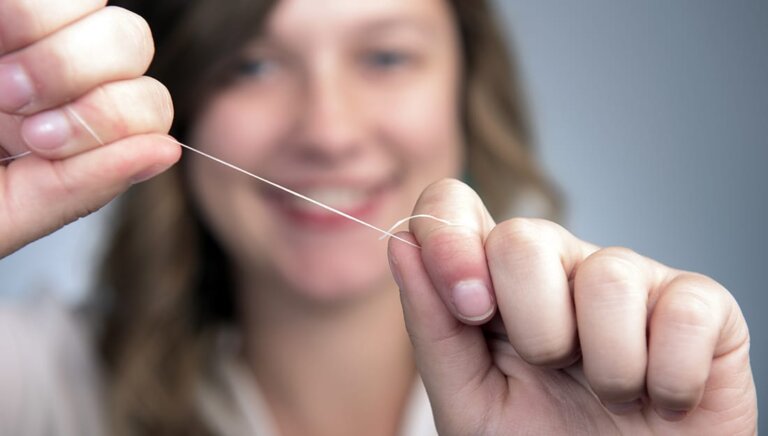
Cut the Right Length: Use 12 to 18 inches of dental floss. Wrap it around your index fingers, leaving about 1 to 2 inches taut between them.
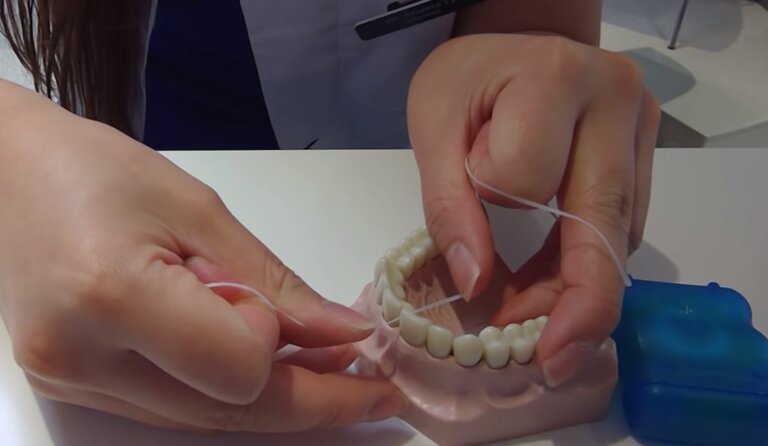
Gently Insert the Floss: Use your thumbs to guide the floss between your teeth. Avoid snapping it, as this can irritate your gums.
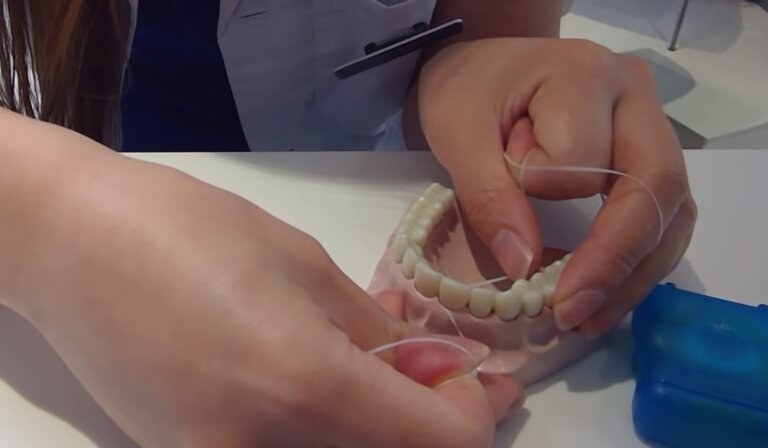
Hug the Tooth Surface: Curve the floss around one tooth and slide it up and down the surface, gently cleaning below the gum line.
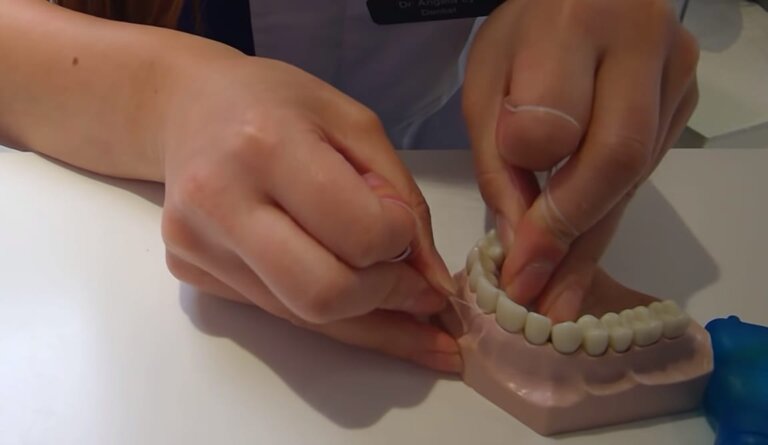
Repeat: Move to the next tooth and repeat the process, ensuring thorough cleaning above and below the gum line.
Tip #2: Choose the Right Floss for You
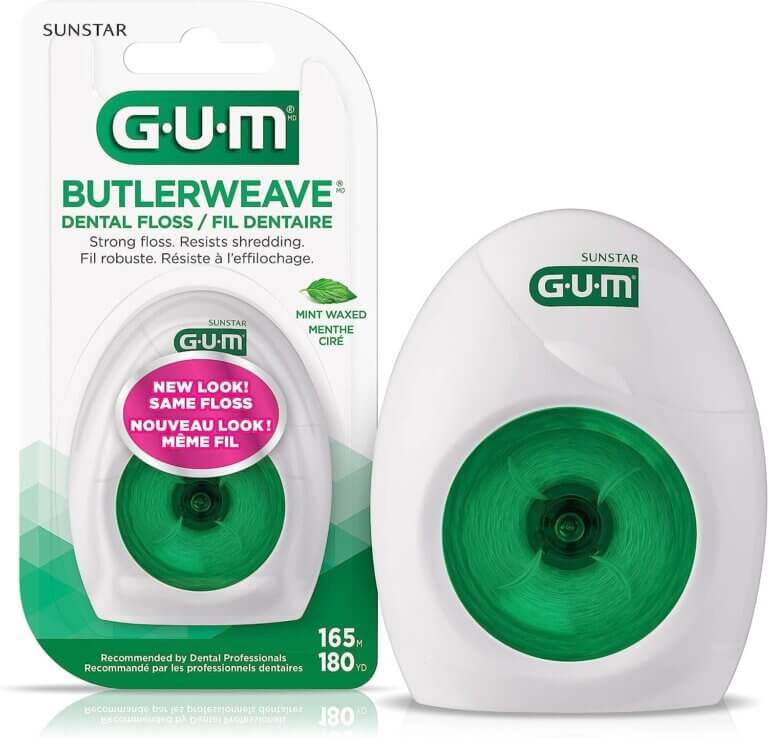
Different types of dental floss are available, and choosing the right one can enhance your flossing experience:
Nylon Floss: The most common type, but can shred between tight teeth.
PTFE Floss: Made from Teflon, this option is resistant to shredding and glides smoothly.
Silk Floss: Biodegradable and eco-friendly, perfect for those who care about sustainability.
Explore options that suit your needs for an improved flossing experience with our our Dental Floss Guide!
Tip #3: Simplify Your Routine with Dental Flossers
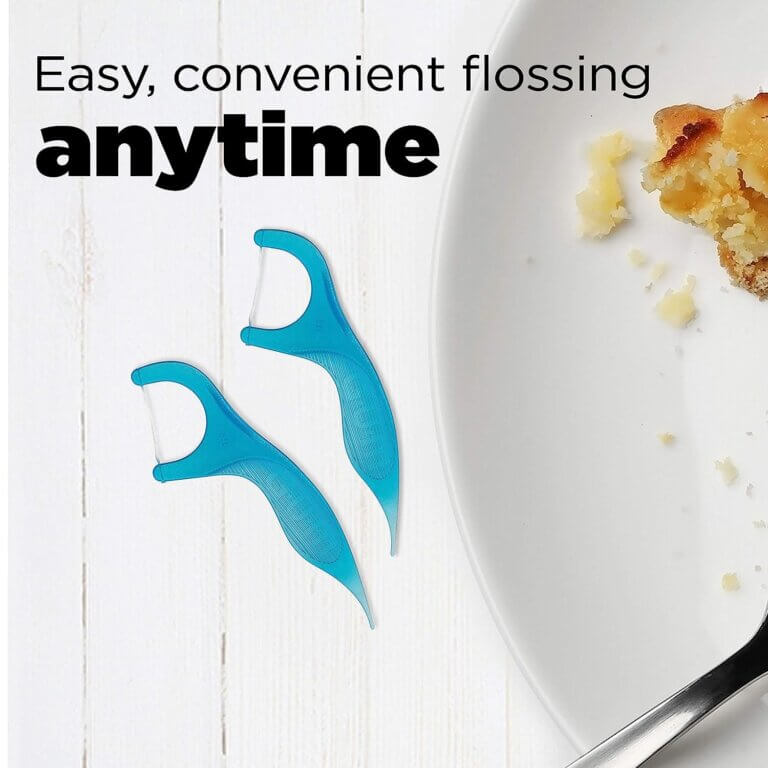
If traditional flossing is challenging for you due to dexterity issues or time constraints, consider using dental flossers. These C-shaped tools make it easy to floss with one hand.
Technique: Use the flosser just as you would with traditional floss—glide it against the tooth surface and beneath the gum line.
Dual Function: Many flossers also include a toothpick feature for dislodging larger food particles.
Remember to dispose of single-use flossers after each use to maintain hygiene.
Tip #4: Use Floss Threaders for Hard-to-Reach Areas
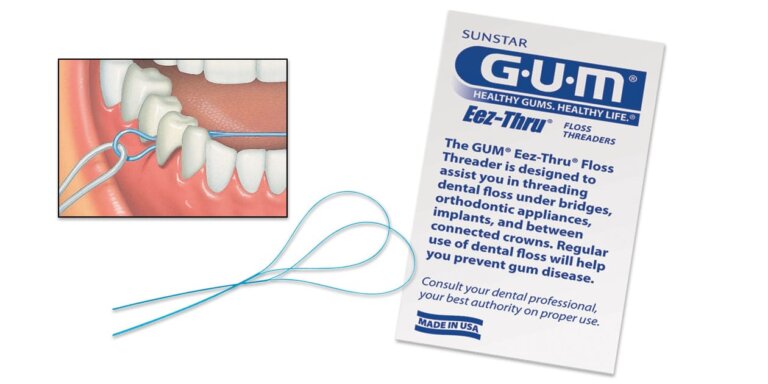
For those with braces, bridges, or other dental appliances, flossing can be particularly challenging. Floss threaders make this easier:
Insert Floss: Thread the floss through the loop of the threader.
Navigate Appliances: Guide the threader under or over your dental appliance.
Clean as Usual: Use the threader to clean the sides of your teeth.
Floss threaders are available at most grocery stores and pharmacies, and many are reusable—just remember to rinse after each use.
Tip #5: Elevate Your Oral Care with a Water Flosser
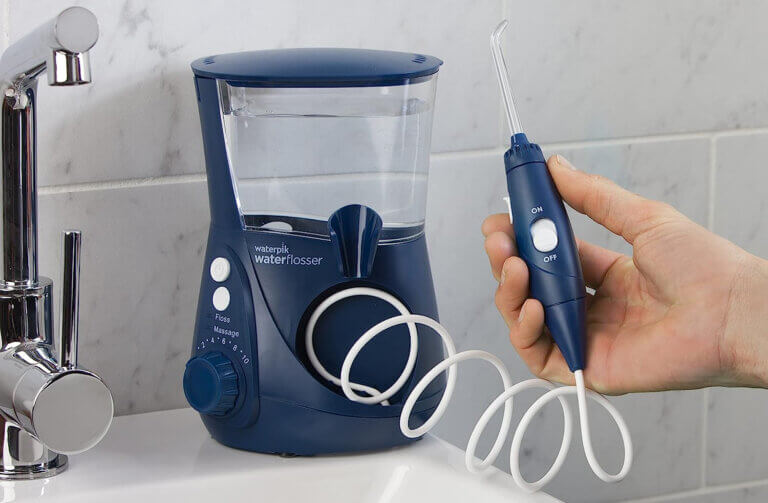
A Waterpik Water Flosser is an excellent addition to your dental care routine. This device uses a high-pressure stream of water to remove plaque and debris effectively.
Complement Your Routine: Water flossers shouldn’t replace traditional flossing but should be used alongside it for maximum effectiveness.
Easy to Use: Plug it in, fill the reservoir with warm water, and use it to clean between your teeth.
Add Mouthwash: Enhance its disinfecting effect by adding a bit of mouthwash or salt to the water.
Opt for corded units for better durability, as cordless versions can run out of battery quickly.
Tip #6: Make Flossing Part of Your Daily Routine
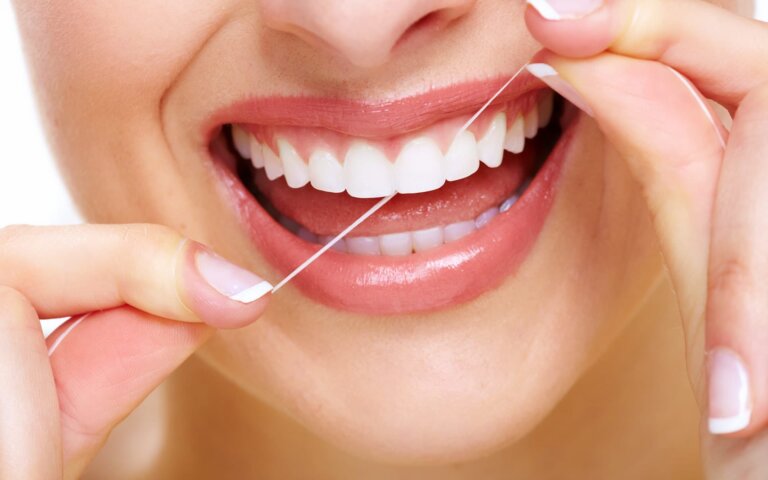
The mantra “Floss the teeth you want to keep” serves as a reminder to prioritize your dental health. Though it may seem like a chore initially, regular flossing can become second nature.
Commit to Consistency: Incorporate flossing into your daily routine, ideally after every meal or at least twice a day.
Monitor Your Progress: If you experience bleeding or discomfort, it may indicate gum inflammation. Increasing your flossing frequency can help improve gum health.
With time and practice, you’ll notice the benefits of regular flossing, including healthier teeth and gums.
Embrace Healthy Habits for a Lifetime of Dental Wellness
Achieving optimal oral health is attainable for everyone through simple yet effective habits. By mastering proper flossing techniques, choosing the right products, and utilizing tools like flossers and water flossers, you can significantly enhance your oral care routine.
Remember, maintaining good oral health is not just about aesthetics; it’s also about preventing dental issues that can affect your overall well-being. By following these tips and making them a part of your daily routine, you can enjoy fresher breath, healthier gums, and the confidence of knowing you’re proactively safeguarding your dental future.
Start your journey towards better oral health today by implementing these practical flossing tips—your smile will thank you!

